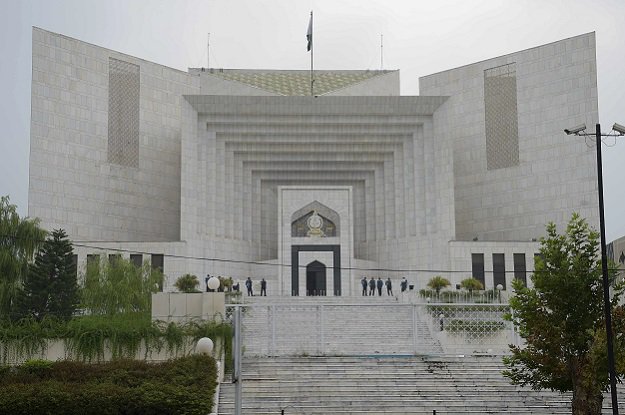
A constitutional petition has been moved jointly by the council and its chairman, Engr Jawed Salim Qureshi through advocates Dr Tariq Hassan, Bulent Sohail, and Umer Gilani.
The petitioners have drawn the court’s attention to ‘the stunning fact’ that, at present, except for the Railways Division, there is no engineer serving at grade-22 in the entire bureaucratic structure of the federal government, while only one engineer is working in grade-21.
This is despite the fact that about 5 divisions of the federal government – housing, water resources, power, communications and railways – carry out purely engineering-related business and another eight divisions involve a substantial amount of engineering work.
While all of these government divisions employ large numbers of engineers at junior levels, senior management positions in these divisions, the petitioners say, have been ‘usurped’ by bureaucrats hailing from Pakistan Administrative Service (PAS).
BHC may have nation’s first woman chief justice
“These are generalists who cultivate close ties with political masters but lack the expertise required for the tasks assigned to them. Petitioners have argued that this bad governance structure which denigrates technocrats and elevates bureaucrats is one of the main reasons why Pakistan is failing to solve its persistent water crisis, energy shortage, housing shortage and numerous other problems,” the petition says.
To remedy the situation, the petitioners urge the Supreme Court to issue directions to the federal government to create a distinct occupational group for engineers as ‘Engineering Service of Pakistan (ESP)’ along the line of existing occupational groups like Pakistan Administrative Service (PAS).
Engineering council rejects reshuffling plan for power firms
The PEC also points out that Section 8 of the PEC Act gives it the role of official ‘Think Tank to Federal Government’. It also volunteers its services to the government and the apex court for advising on projects like the China-Pakistan Economic Corridor (CPEC) and Diamer-Bhasha and Mohmand Dams.
The petitioners have placed reliance on numerous unimplemented provisions of law including Section (5A) of Section 27 of the PEC Act which makes it mandatory for the government to consult engineers for all engineering-related posts.
Other legal provisions cited in the petition include Article 9 (right to life), Article 18 read with Article 14 (dignity of professional communities); Article 27 read with PEC Act (special rights of engineers in the service of Pakistan).
Other reforms in governance structure sought by the petitioners include (i) appointment of qualified engineers as secretaries of those five divisions the bulk of whose business is professional engineering work; (ii) appointment of qualified engineers in senior management positions (BS-20, 21 or 22) in those eight divisions whose business includes a substantial amount of professional engineering work; (iii) appointment of qualified engineers against all such posts in the service of the federal government which require substantial engagement in professional engineering work.
SJC bars media from commenting on proceedings
The petitioners have quoted a speech made on August 21, 1973 by a parliamentarian, Khurshid Hasan Meer, who drafted the Civil Servants Act, 1973. In his speech Mir had stated that the object of the law is to “…enable engineers, scientists and other technical specialists staff to be drawn into the stream of higher management and thus to make their advice and expertise directly available to the government at the highest policy-making level.”
The petitioners lament that over forty-five (45) years after the coming into effect of Civil Servants Act, 1973, specialists like engineers continue to be effectively barred from senior management positions in government. “The object of the law has been defeated by bureaucratic shenanigans, leaving no option but to make recourse to the court,” they have claimed.

1732274008-0/Ariana-Grande-and-Kristin-Chenoweth-(1)1732274008-0-165x106.webp)



1724249382-0/Untitled-(640-x-480-px)1724249382-0-270x192.webp)


1732270499-0/Express-Tribune-(7)1732270499-0-270x192.webp)
1732267715-0/BeFunk_§_]__-(32)1732267715-0.jpg)







COMMENTS (2)
Comments are moderated and generally will be posted if they are on-topic and not abusive.
For more information, please see our Comments FAQ